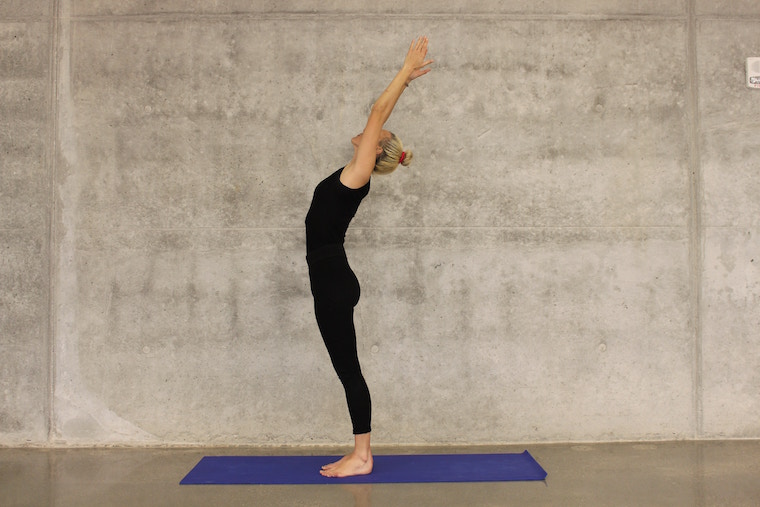Satisfy Your Sweet Tooth the Healthy Way!
For those with a sweet tooth, the last three months of the year may well be the worst. Temptations are everywhere, as brick and mortar shops display sweets galore and we’re bombarded online with images and recipes of holiday dessert. What’s a body to do!
Here are some practical tips to ease cravings for sweets while staying on an Active Wellness regimen:
- For a quick sugar fix, eat a piece of fruit or a sweet vegetable. Crunchy textures seem to help satisfy cravings, so choose carrots, beets, apples and persimmons. Fruit that is high in natural sugar also satisfies cravings more quickly—for example, grapes, mangoes and pineapples.
- Berries are delicious and when you freeze them, they take on the characteristics of sorbets. Try blueberries, raspberries, blackberries, strawberries and any combinations. They’re high in fiber and actually low in sugar. A healthy combination of exotic berries is the basis of Kenzen Super Ciaga®(link shop cart), a great replacement for sodas when blended with seltzer water.
- Watermelon is wonderful as a base for smoothies and other blended beverages. Add some mint or even basil, and it’s scrumptious.
- Healthy sweeteners include monk fruit and stevia. They have zero calories and none of the harmful effects of artificial sweeteners—that’s why monk fruit is the sweetener in Kenzen Vital Balance® Meal Replacement Mix and stevia is in Kenzen Ten4® Energy Drink Mix.
- Are you a chocoholic?
 The good news is that dark chocolate (with 70% or more cocoa) contains healthy plant compounds known as polyphenols. It still contains sugar and fat, so eat a couple of squares and savor it—no bingeing allowed.
The good news is that dark chocolate (with 70% or more cocoa) contains healthy plant compounds known as polyphenols. It still contains sugar and fat, so eat a couple of squares and savor it—no bingeing allowed. - Dates! They’re nutritious and very sweet, naturally. They’re also rich in fiber, potassium, iron and a source of antioxidants. As a dried fruit, they contain a lot of natural sugar, so eat three or four, not too many.
To keep sugar intake low, here are some habits to develop:
- Read labels! Hidden sugars lurk in unexpected places. For example, packaged instant oatmeal has virtually no fiber but contains lots of sugar and artificial flavoring. Condiments such as ketchup, barbecue sauce and sweet chili contain a lot of sugar—a single tablespoon of ketchup may contain as much as four grams of sugar, which is about one teaspoon.1
- It may be counterintuitive, but when trying to decrease sugar intake, go for full fat rather than low-fat or non-fat versions of beverages and desserts. This is because low-fat and non-fat drinks and desserts add more sugar to compensate for the lack of fat. For example, an 8-ounce coffee made with whole milk and no added sugar, contains 2 grams of naturally occurring milk sugar and 18 calories.2 The same amount of a low-fat mocha drink contains 26 grams of added sugar and 160 calories.3
- Minimize consumption of processed foods. Go natural and organic. Processed foods contain 90% of the added sugars in the average American diet.4 For example, one serving, or approximately 128 grams, of canned pasta sauce can contain nearly 11 grams of sugar.5
- Choose nutrient-dense whole foods whenever possible. It takes a little more time, but preparing desserts with dried fruit, nuts and seeds provides healthy fats in addition to fulfilling your sweet tooth.
- Be a good role model for your family. Start your children on an Active Wellness regimen as soon as they can eat solid food. Mashed roasted yams and smashed bananas are great starter foods.





 Some symptoms may not pertain to the respiratory system but can still be the result of breathing bad air. These include dry throat, headache, nausea, reduced resistance to infections, fatigue and even weakened athletic performance.
Some symptoms may not pertain to the respiratory system but can still be the result of breathing bad air. These include dry throat, headache, nausea, reduced resistance to infections, fatigue and even weakened athletic performance.